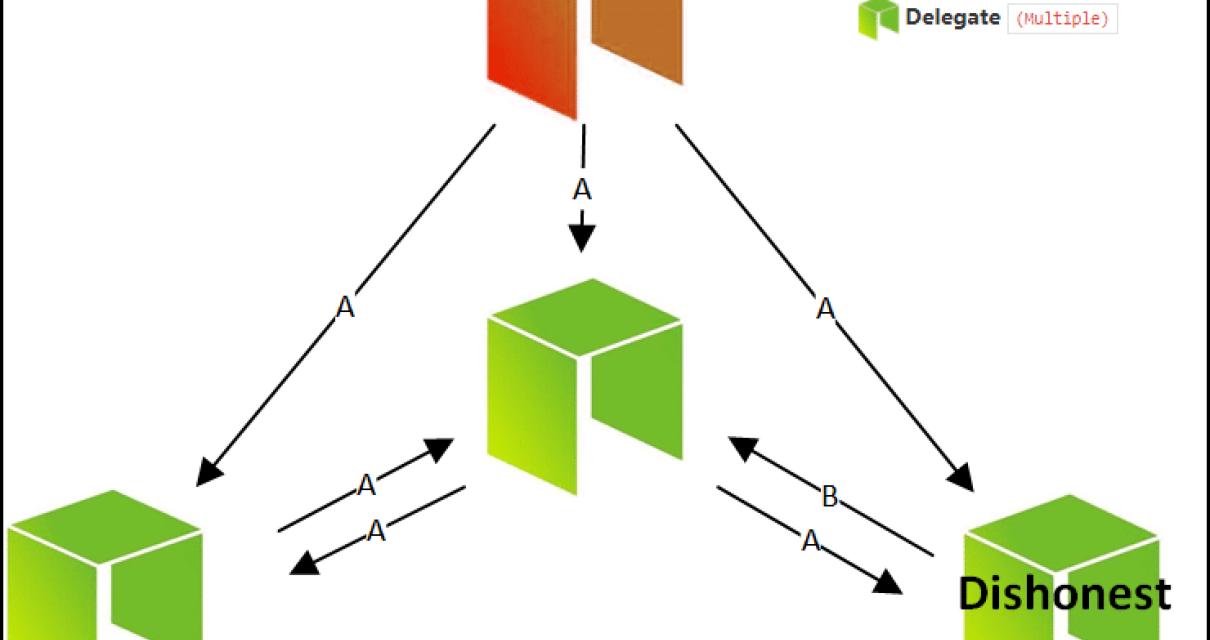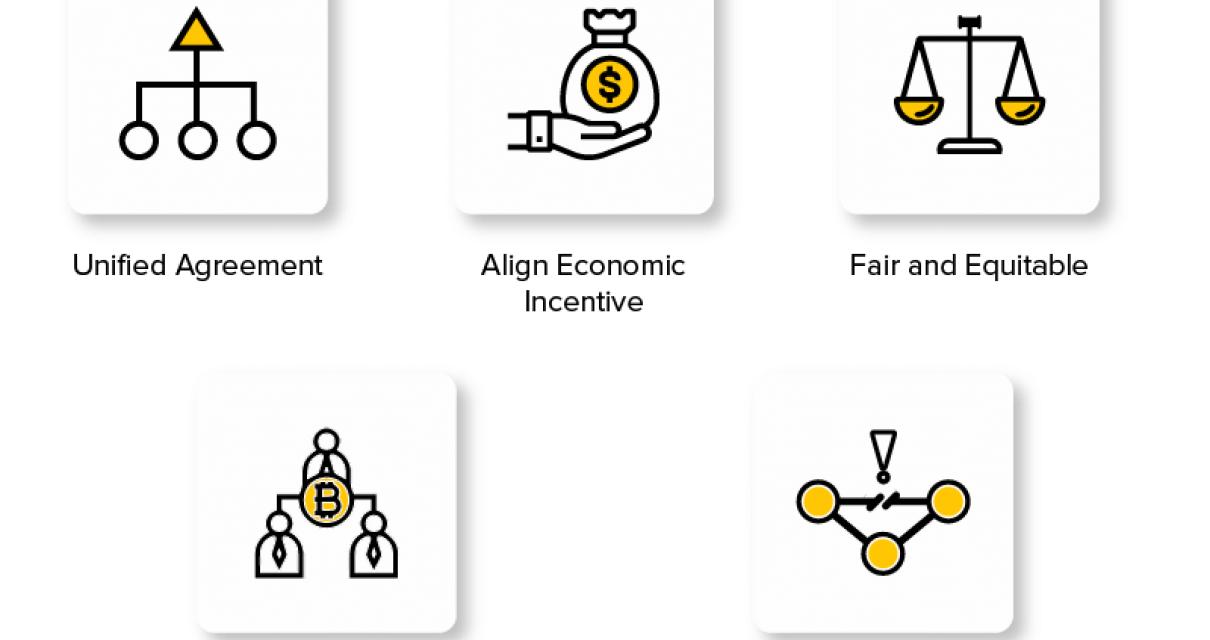What is Blockchain Consensus?
Blockchain consensus is a method of ensuring the accuracy of a distributed ledger by requiring a majority of nodes to agree on the state of the ledger. Nodes are connected to the network and share information about the ledger, using a process called gossiping. When two nodes disagree about the state of a ledger, they use a process called voting to determine which node is correct. If a node is incorrect, the network can vote to remove that node from the network.
How Does Blockchain Consensus Work?
A blockchain is a digital ledger of all cryptocurrency transactions. Each block contains a cryptographic hash of the previous block, a timestamp, and transaction data. Bitcoin nodes use the block chain to distinguish legitimate Bitcoin transactions from attempts to re-spend coins that have already been spent elsewhere.
To verify a transaction, a miner must find a hash that is lower than the target in the block chain. The miner then uses the information in the block to calculate the new target number. If the new target number is lower than the current hash, the transaction is confirmed and added to the block. Miners can continue to try to find lower hashes until they find one that is not only lower than the target, but also meets other criteria set by the network. Once a block is found, the miner who found it is rewarded with new cryptocurrency.
Bitcoin nodes use the block chain to distinguish legitimate Bitcoin transactions from attempts to re-spend coins that have already been spent elsewhere.
To verify a transaction, a miner must find a hash that is lower than the target in the block chain. The miner then uses the information in the block to calculate the new target number. If the new target number is lower than the current hash, the transaction is confirmed and added to the block.
Miners can continue to try to find lower hashes until they find one that is not only lower than the target, but also meets other criteria set by the network. Once a block is found, the miner who found it is rewarded with new cryptocurrency.
Why is Blockchain Consensus Important?
Blockchain consensus is important because it allows the blockchain to maintain a tamper-proof, chronological record of all transactions. This ensures that everyone participating in the blockchain network can trust the information stored on the blockchain.

What Are the Different Types of Blockchain Consensus Mechanisms?
Proof of Work (PoW): This consensus mechanism is used by Ethereum, Bitcoin, and many other cryptocurrencies. In PoW, miners must solve a complex mathematical puzzle to verify a transaction and earn cryptocurrency. This process can take hours or even days, making it difficult for malicious actors to gain control over a blockchain.
Proof of Stake (PoS): This consensus mechanism is used by EOS, NEO, and many other cryptocurrencies. In PoS, holders of cryptocurrency tokens can vote on who will be rewarded with new coins for verifying transactions. This process is much faster than PoW, making it more resistant to attacks by malicious actors.
Proof of Burn (PoB): This consensus mechanism is used by Dash, Lisk, and many other cryptocurrencies. In PoB, cryptocurrency holders are required to burn their tokens in order to verify a transaction. This process makes it difficult for malicious actors to gain control over a blockchain.

How Can Blockchain Consensus be Improved?
There is no single answer to this question since blockchain consensus can be improved in a variety of ways. Some potential improvements include:
1. Implementing a Proof-of-Stake algorithm.
2. Encouraging larger block sizes.
3. Using a Voting or Delegated Proof-of-Stake protocol.
4. Developing more efficient protocols for verifying transactions.
5. Improving the security of blockchain networks.
What Challenges does Blockchain Consensus Face?
The main challenge with blockchain consensus is that it is a distributed system. This means that there is no central authority that can ensure that the network is working correctly. This can lead to problems when two or more nodes in the network disagree about what should be done. This can create a situation where the network is not able to reach a consensus and transactions can be delayed or even cancelled.

What are Some Potential Solutions to Blockchain Consensus Problems?
Some potential solutions to blockchain consensus problems include using a proof-of-stake scheme, employing a Byzantine agreement algorithm, or using a federation model.
Is Blockchain Consensus Secure?
There is no one-size-fits-all answer to this question, as the security of a blockchain’s consensus mechanism will vary depending on the specific implementation details. However, some general factors that could influence the security of a blockchain’s consensus mechanism include:
The degree of decentralization of the network
The size and complexity of the network
The degree of trust and cooperation among network participants
In general, a more decentralized and distributed network will be more secure than a centralized network, and a larger and more complex network will be more secure than a smaller and simpler network. Similarly, a network with greater trust and cooperation among its participants will be more secure than a network with less trust and cooperation.
How Private is Blockchain Consensus?
Private blockchain consensus is a type of consensus algorithm used in private blockchains. It is a variant of the Byzantine agreement algorithm.
What Impact will Blockchain Consensus have on the Future?
Blockchain consensus is a process by which a group of computers reach an agreement about the state of a blockchain. This process allows the network to function smoothly and efficiently. As a result, blockchain consensus could have a significant impact on the future of the technology.
One potential application of blockchain consensus is in the area of identity management. By using blockchain consensus, businesses could securely store user data and prevent unauthorized access. Additionally, blockchain consensus could be used to verify the legitimacy of online transactions.
Overall, blockchain consensus could have a profound impact on the future of technology. By enabling networks to operate more efficiently, blockchain consensus could revolutionize the way we live and work.
Conclusion: What is Blockchain Consensus and why is it important?
Blockchain consensus is the process by which a network of nodes agrees on the order of transactions and blocks. This ensures that a blockchain is transparent and secure. Nodes use a consensus algorithm to reach a common understanding of the current state of the blockchain. Without consensus, a blockchain could be susceptible to fraud or manipulation.